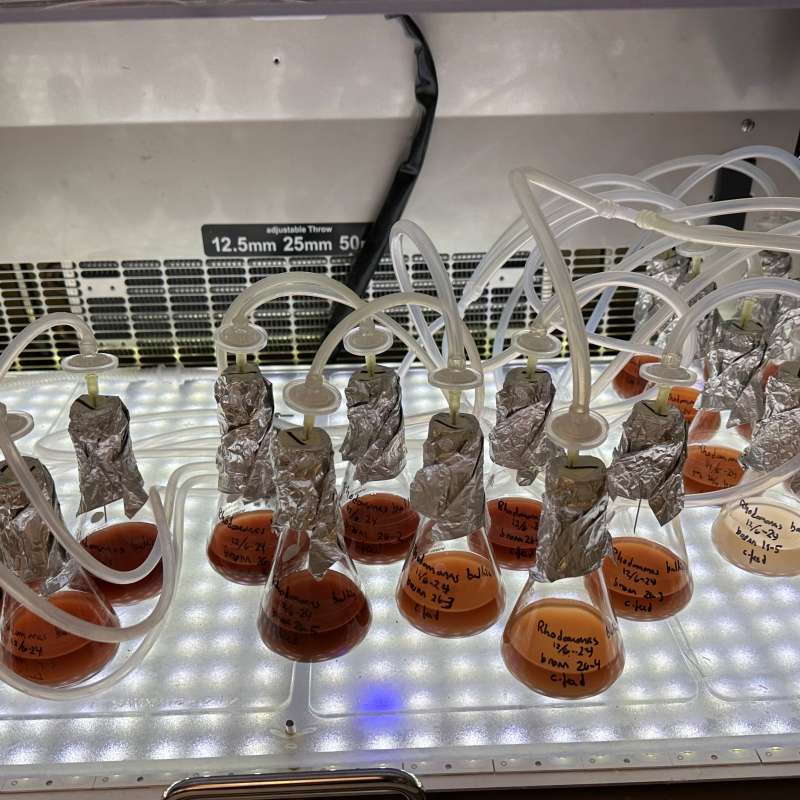Ksenia Gulyaeva
Senior Engineer
Abstract
No abstract has been registered
To document
Authors
Andrii Butkovskyi Yuying Jing Hege Bergheim Diana Lazar Ksenia Gulyaeva Sven R. Odenmarck Hans Ragnar Norli Karolina M. Nowak Anja Miltner Matthias Kästner Trine EggenAbstract
No abstract has been registered

Division of Biotechnology and Plant Health
Microalgae contributions to future protein and fatty acid rich feed for Norwegian chicken at industrial scale - ALGEKYLLING
The main goal of the project is to create a knowledge and technology platform for production and use of chicken feed with proteins and polyunsaturated fatty acids (PUFA) from Norwegian microalgae biomass. The project consortium includes the whole production/value chain.

Division of Biotechnology and Plant Health
MikRho - Establishing Rhodomonas culture with beneficial microbiome adapted to industrial production
As one of the largest microalgae producers in Norway, CFEED contributes to sustainable feed solutions through its production of microalgae and the copepod
